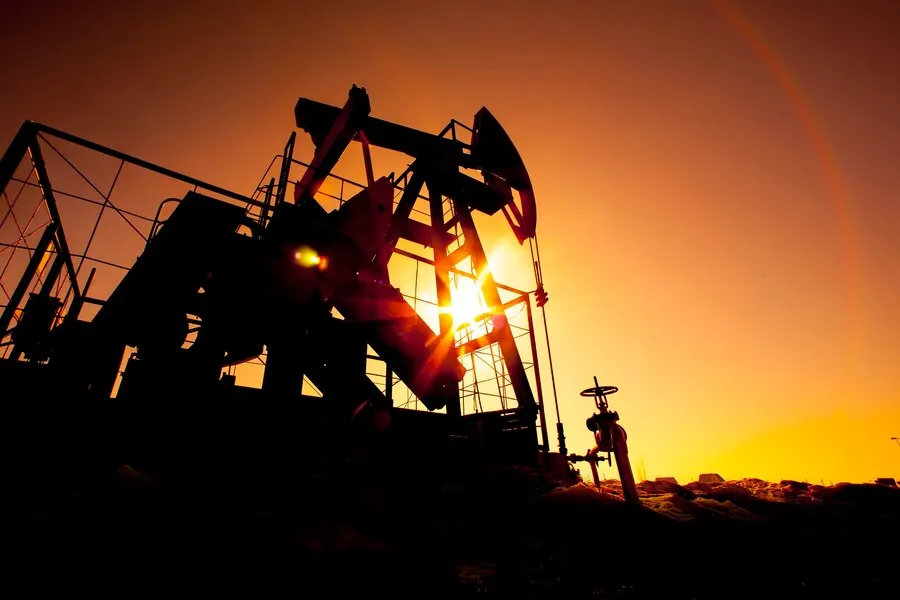Safety is paramount in the oil and gas industry, a sector characterized by its high-risk environment. From exploration and drilling to refining and distribution, each step in the process presents unique challenges and dangers. Ensuring the well-being of employees, protecting the environment, and maintaining operational integrity are critical objectives that the industry must constantly strive to achieve. This is where the role of monitoring comes into play. By implementing comprehensive monitoring systems, the industry can significantly reduce risks, prevent accidents, and ensure a safe working environment.
The Role of Monitoring in Preventing Accidents and Mitigating Risks
Monitoring systems act as the industry’s eyes and ears, providing real-time data and insights that are crucial for making informed decisions. These systems help in the early detection of potential hazards, allowing for timely interventions that can prevent accidents and mitigate risks. For instance, monitoring equipment conditions can prevent mechanical failures that could lead to catastrophic incidents. Similarly, environmental monitoring ensures that any harmful emissions or leaks are detected early, preventing environmental disasters and safeguarding public health.
Types of Monitoring Technologies Used in the Industry
Environmental Monitoring
Environmental monitoring involves tracking various parameters such as air quality, water quality, and soil conditions. This type of monitoring ensures compliance with environmental regulations and helps in identifying leaks or spills early on. Advanced sensors and drones equipped with cameras and infrared technology are commonly used for environmental monitoring. These technologies provide real-time data, enabling quick responses to any environmental threats.
Equipment Condition Monitoring
Equipment condition monitoring is essential for maintaining the integrity and reliability of machinery used in the oil and gas industry. By continuously monitoring parameters like temperature, vibration, and pressure, these systems can predict equipment failures before they occur. For example, a pressure gauge can provide vital information about the internal conditions of a pipeline, alerting operators to potential issues such as blockages or leaks. Predictive maintenance, powered by equipment condition monitoring, can save the industry millions of dollars in repair costs and downtime.
Employee Health Monitoring
Given the hazardous nature of the oil and gas industry, monitoring the health and safety of employees is of utmost importance. Wearable technology, such as smart helmets and wristbands, can track vital signs and detect unsafe conditions. For instance, these wearables can monitor heart rate, body temperature, and exposure to harmful gases. If any abnormal readings are detected, immediate action can be taken to ensure the safety and well-being of the worker.
The Future of Safety Monitoring in Oil and Gas
Emerging Technologies
The future of safety monitoring in the oil and gas industry is promising, thanks to advancements in technology. The integration of artificial intelligence (AI) and machine learning (ML) is revolutionizing how data is analyzed and utilized. These technologies can predict potential hazards with greater accuracy and recommend preventive measures. For instance, AI-powered algorithms can analyze historical data from pressure gauges and other sensors to identify patterns that precede equipment failure.
Best Practices
Adopting best practices in safety monitoring is crucial for continuous improvement. Regularly updating monitoring systems, investing in employee training, and conducting periodic audits are essential steps. Additionally, fostering a culture of safety within the organization ensures that everyone is committed to maintaining high safety standards. Collaboration with regulatory bodies and industry peers can also provide valuable insights and help in adopting the latest best practices.
Also Read: The Role of Substation Equipment in Ensuring Reliable Power Supply
Final Thought
Monitoring is critical for ensuring safety in the oil and gas industry. By leveraging advanced monitoring technologies, the industry can prevent accidents, mitigate risks, and protect both employees and the environment. As the industry continues to evolve, the adoption of emerging technologies and best practices will play a crucial role in enhancing safety monitoring systems. Continuous improvement in this area is not just a necessity but a responsibility that the industry must uphold to ensure a safer future for all.

